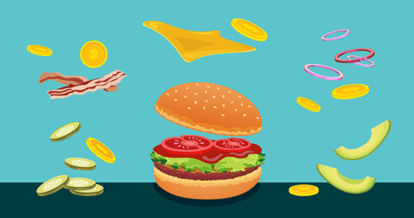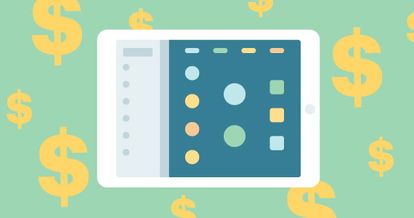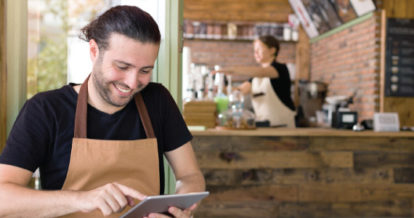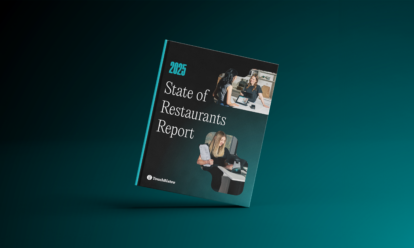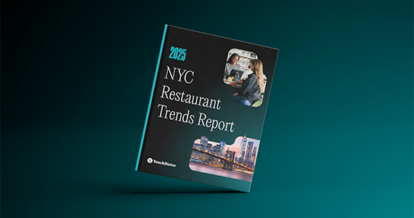Upselling for your restaurant is a win-win-win situation.
Your customer wins because they get a meal customized to their taste.
Your staff win because their tips increase as a result of a larger cash out.
Your business wins because you have, little by little, increased average check size and made more revenue.
Upselling – which is similar to suggestive selling – is your “every little bit counts” strategy, in that every upsell leads to a small increase in the price of a meal.
If you’re wondering how to increase restaurant sales with upselling, you need to work it into your customer service experience – which really means working it into your operations.
Yes, you can ask your staff to upsell. You can train them, remind them, and remind them again.
But if you’re actually going to see benefits, you need to make upselling part of a seamless customer service process.
That’s how you’ll really generate that “every little bit” every time you make a transaction.
Here are four ways to work upselling into your restaurant’s customer service experience.
1. Input more menu modifiers into your POS.
You may already be using menu modifiers on your POS to guide your servers to upsell. But you could probably be doing more.
There are classic menu modifiers like gravy with fries or avocado on a sandwich. But what about modifiers for coffee with dessert or a cocktail with an appetizer?
Here are some menu modifiers you may want to consider inputting into your menu (and POS):
- Protein powder in smoothies
- Ounce upselling for wine by the glass (6 oz. vs. 9 oz.)
- Burgers by the ounce: 4oz., 6oz., 8oz.
- Tableside truffle service
- High-end meat options for burgers: lamb, venison, bison
- Liqueurs in coffee with dessert
- Sparkling water instead of tap water
When you’re using a POS to remind your servers to upsell, you’re automating a superior customer experience. Verbal reminders can only stick for so long, but POS menu modifiers last forever.
2. Redesign your menu for cross-selling.
There’s upselling, and then there’s cross-selling.
Amazon credits cross-selling with up to 35% of its revenue – the “Frequently Bought Together” and “Customers Who Bought This Item Also Bought” sections promote items related to what the user is currently viewing on the site.
You can design your menu in a similar way. Here’s how:
1. Review your current menu for pairings.
Are there items on your menu that are frequently ordered together? You may have a grilled cheese on your sandwich menu and a tomato soup on your starter menu; you’ll want to list those out as a pairing. Note wines that are frequently ordered with different meat dishes, or digestifs that are ordered with certain desserts.
2. Group items that are frequently ordered together.
Once you’ve reviewed your menu for pairings, list them out on a separate sheet. Review these items against your current menu and take note of where it makes sense to insert cross-selling suggestions.
3. Include call-outs to paired items on your menu.
Re-design your menu with your pairings in mind. Within the menu description for your steak, for instance, suggest the perfect wine pairing. Underneath the grilled cheese, suggest ordering the tomato soup for a few dollars more.
Voilà! Your menu is now designed for cross-selling. Your customers now don’t have to do as much work to figure out which menu items work well together and you’ll be increasing your average check size in the process.
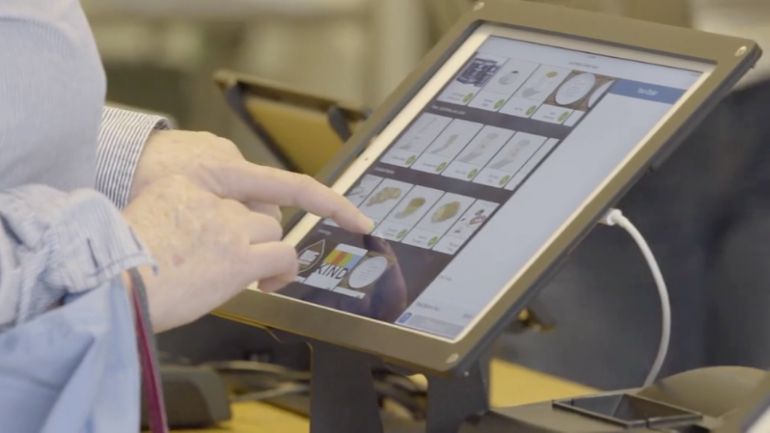
3. If your business is a quick service restaurant, get a self-ordering kiosk.
Diners like self-ordering kiosks for three reasons:
- They don’t have to wait as long to use them
- They don’t have to speak to a person to order their food
- They can add as many menu add-ons as they want without a human barrier
That last reason is the main reason self-ordering kiosks increase average check size per customer.
When you’re piling on the cheese, bacon, and avocado on your burger, odds are you’d much rather be doing it through a machine than a human being.
Why? Because tapping a screen takes less time, and that screen isn’t capable of secretly judging you for how much you’re ordering.
For a younger generation used to interacting with screens, self-ordering kiosks are a customer experience dream – and one that translates to an increase in average check size for your business.
4. If you’re not present on online delivery apps, start now.
Online delivery apps literally put your business on the map. Once you’re listed on local food apps, your restaurant is presented to diners who may not have known you exist.
Online ordering apps are also an amazing tool for upselling and cross-selling. Similar to self-ordering kiosks, diners are much more likely to order more through a screen than they are through a human being.
Online delivery apps facilitate add-ons by prompting users as they’re ordering their meals. Before they’re able to tap “order”, diners are taken through a series of steps that incorporate the upselling process into the regular ordering process. Basically there’s no escaping the upsell attempt when you’re ordering through an app.
Upselling doesn’t need to be aggressive or obnoxious – it can instead be part of a great customer experience that gives your diners exactly what they’re craving. When you optimize your restaurant operations for upselling, you’re designing a customer experience that’s geared toward customization. New technology and menu design can go a long way to making upselling just another part of a great customer experience.
Free Restaurant Cleaning Checklist
Sign up for our free weekly TouchBistro Newsletter

